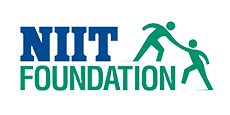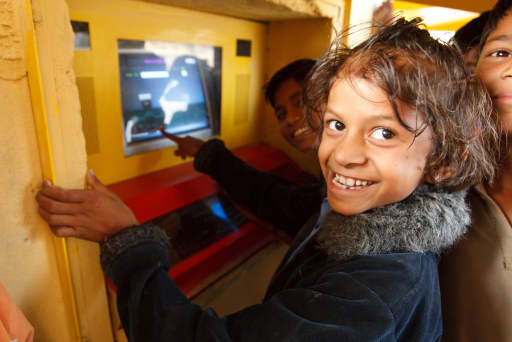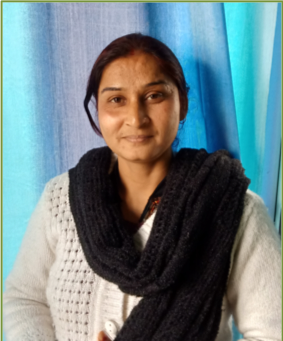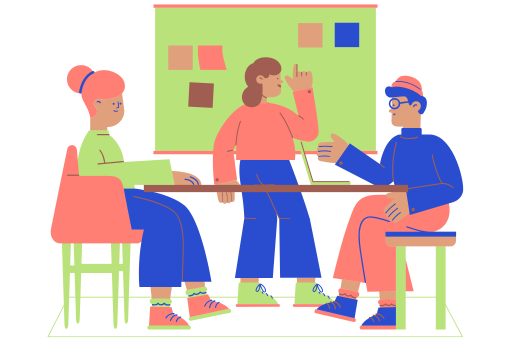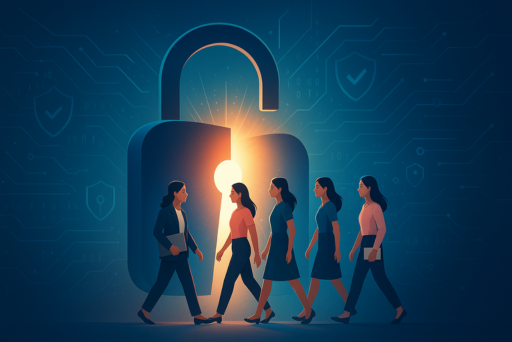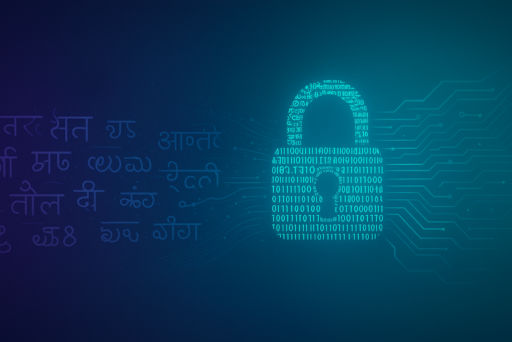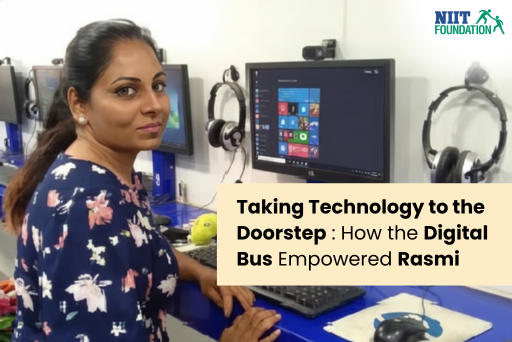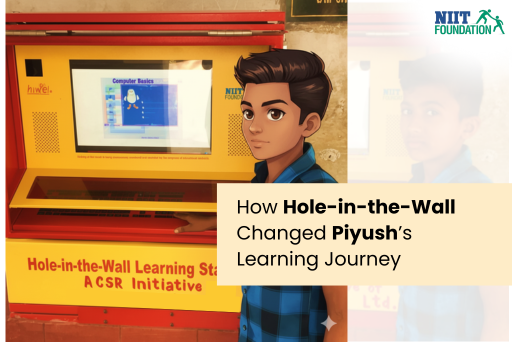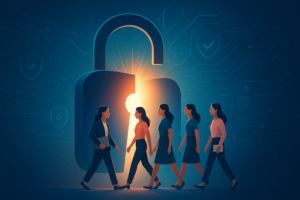NIIT Foundation’s NReach Program and Minimal Invasive Learning
Education is and has always been the cornerstone of progress for any society, but traditional teaching methods are evolving as the demands of the modern workforce shift.
These evolving methods are harnessed through strategic partnerships. NIIT Foundation’s NReach Program exemplifies this, as it showcases how these partnerships can bring structured, industry-aligned training to underserved regions, bridging the skills gap for youth across diverse geographies. By partnering with over 200 NGOs, the NReach Program leverages local knowledge and trust, equipping learners with everything from digital literacy to advanced vocational skills.
Most importantly, it brings about long-term impact by training faculty members, providing customized courseware, and offering industry-recognized certifications that help graduates stand out to employers. This comprehensive approach is essential in today’s landscape, where the ability to adapt, solve problems, and stay updated on emerging technologies is more crucial than ever. The NReach Program’s emphasis on industry linkages ensures that the curriculum remains relevant and future-ready. Students aren’t just learning basic concepts; they’re also getting exposed to real-world scenarios, internships, and job opportunities. Educators, in turn, receive ongoing support so they can refine their teaching techniques and continuously mentor their students. This cyclical ecosystem of learning and mentorship paves the way for long-lasting growth in skill development.
Meanwhile, the concept of Minimal Invasive Learning, popularized by Dr. Sugata Mitra’s “Hole-in-the-Wall” experiment offers a different perspective. By placing computers in open-access areas and letting children explore on their own, this approach demonstrates how curiosity and peer collaboration can spark remarkable levels of self-directed learning. Children not only gain confidence but also hone critical thinking and problem-solving skills in a minimally supervised environment. This independence can complement more structured educational frameworks and serves as a reminder that creativity and resourcefulness often emerge when learners are empowered to explore.
In essence, both NIIT Foundation’s NReach Program and Minimal Invasive Learning emphasize the importance of community-driven efforts and the innate capacity of learners to thrive when given the right opportunities. One provides robust institutional support and industry alignment, while the other highlights the intrinsic motivation and adaptability that emerges from open-ended exploration. Merging these strengths could lead to a powerful future in education, where faculty mentorship and structured curricula meet curiosity-driven experimentation.
Ultimately, the combined power of these two initiatives addresses some of the most pressing educational challenges of our time: equipping youth with the expertise employers demand, bringing about a sense of ownership in their learning journey, and bringing these advantages to regions that have been historically underserved.
